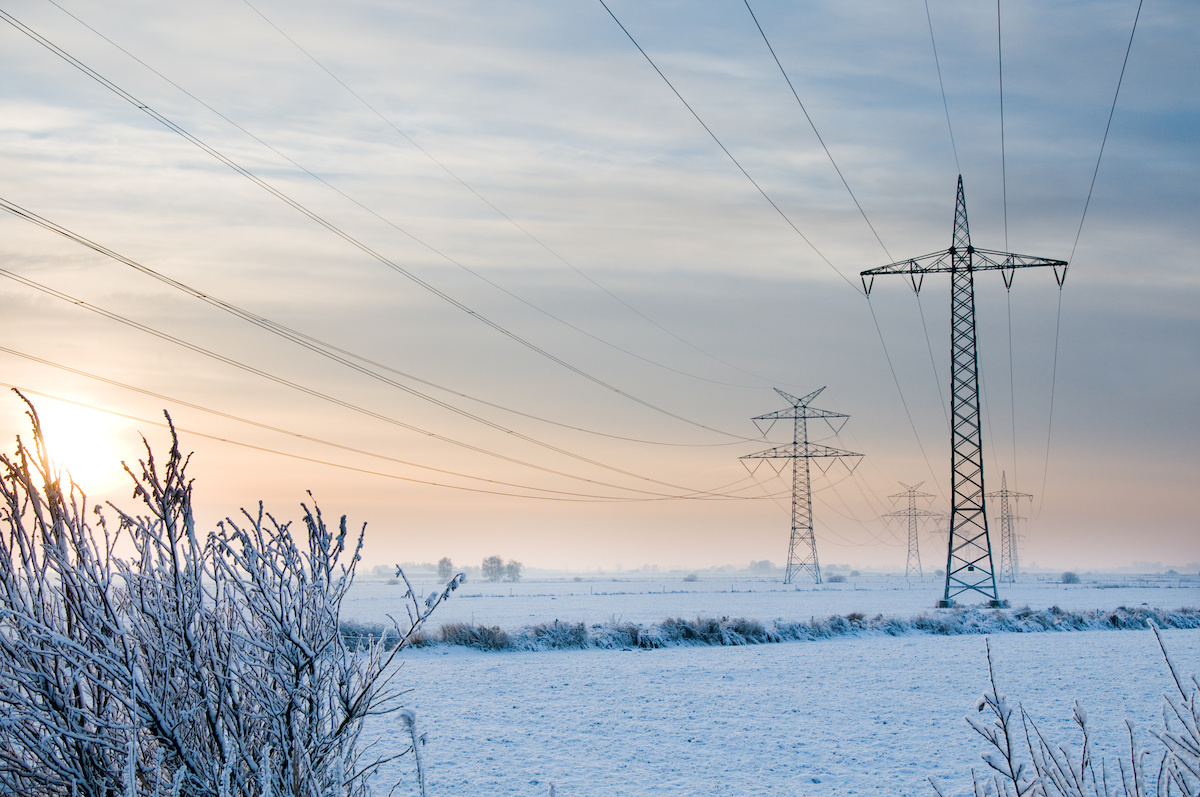If you’ve lived in the United States over the past few years, there’s a good chance that you heard about the devastating blackouts in Texas during the winter of 2021. Catastrophic and deadly blackouts occurred in February 2021, leaving millions of Texans without power for days in sub-freezing temperatures. This event raised serious concern about the state’s power grid readiness, especially in light of the current winter season and power outages in some areas. With winter weather conditions continuing to hit Texas, the question remains: is the Texas power grid prepared this time around?
What Happened to the Texas Power Grid?
Let’s rewind a bit to the blackouts that occurred in Texas during February 2021. The main cause of the blackouts was the failure of thermal sources such as natural gas, coal, and nuclear power plants to produce electricity during a time when the majority of us were turning up our heaters to combat freezing temperatures. Unfortunately, these power plants were not designed or equipped to handle extremely cold weather conditions, which caused them to shut down and disrupt the state’s power supply. To address this issue, the Electric Reliability Council of Texas (ERCOT) implemented new protocols and guidelines for power plants to winterize their equipment. This includes measures such as insulation, heating elements, and backup generators to ensure that the plants can continue to produce power even in the harshest winter conditions .
Another issue that contributed to the blackouts was the lack of interconnections between the state’s power grid and neighboring states that could have been a backup power source during the crisis. Texas operates on its own power grid, separated from the rest of the country, which left it without any backup options during the blackouts. ERCOT has established new connections with neighboring states such as Oklahoma, Louisiana, and even to Mexico to improve the grid’s reliability in the case of an emergency. These new interconnections will provide a source of backup power to prevent future crises, ensuring that the state’s residents will not be left without power for an extended period of time.
What Improvements Have Been Made?
In addition to improving the grid’s infrastructure, ERCOT has increased the level of communication and coordination with power companies. The council has made it mandatory for power companies to report their winterization plans to ERCOT. The reports must include strategies for ensuring sufficient fuel supplies and equipment maintenance in cold weather conditions. This increased communication and coordination will help ensure that power companies are prepared for the winter and quickly address any issues.
To further improve the state’s power grid readiness, ERCOT has also encouraged residents to conserve energy during times of peak demand. The council has set up programs to motivate residents to utilize energy efficiency, such as providing rebates for energy-efficient appliances and educating the public on best practices for reducing energy consumption. By reducing the state’s overall energy demand, ERCOT can help to prevent future blackouts and ensure that the power grid remains stable even during times of high demand.
Should We Expect History to Repeat Itself?
The Texas power grid appears to be much better prepared for the current winter season compared to the previous years. ERCOT’s efforts to improve the grid’s infrastructure, establish backup options, and increase communication and coordination with power companies have greatly reduced the risk of widespread blackouts. Nevertheless, residents are still advised to take measures to conserve energy and prepare for possible power outages, as winter weather can still cause unexpected disruptions to the power supply. By working together, ERCOT and the state’s residents can ensure that Texas is prepared for any winter weather that comes its way. CleanSky Energy is here to help as well with our tips on how to prepare for winter storms.

